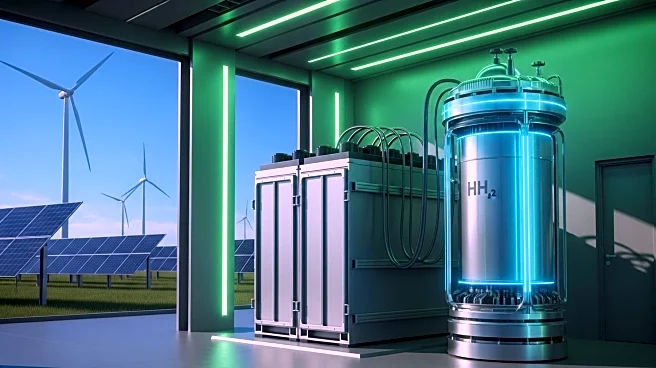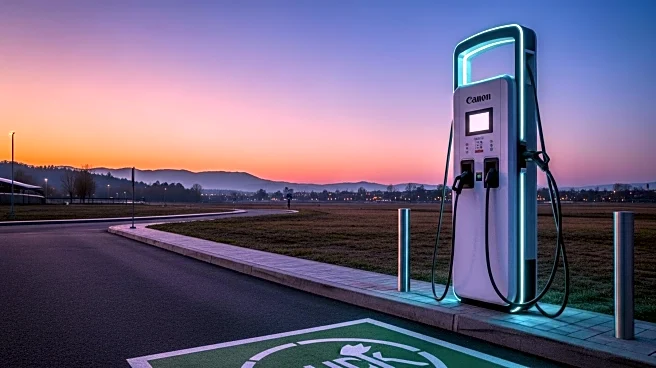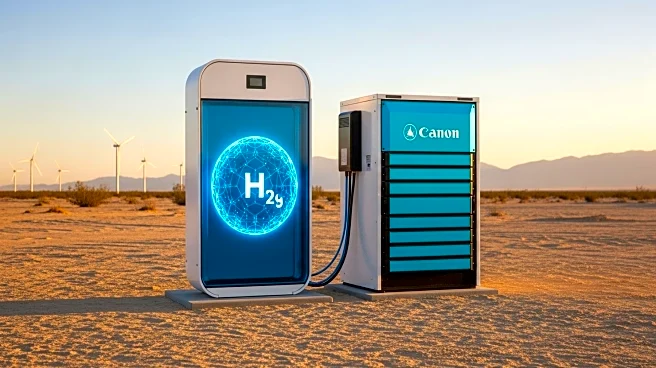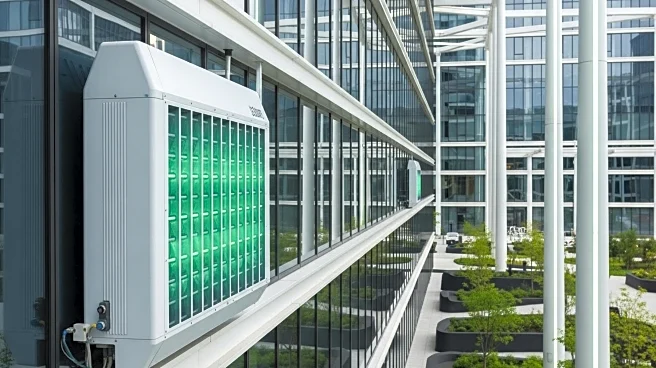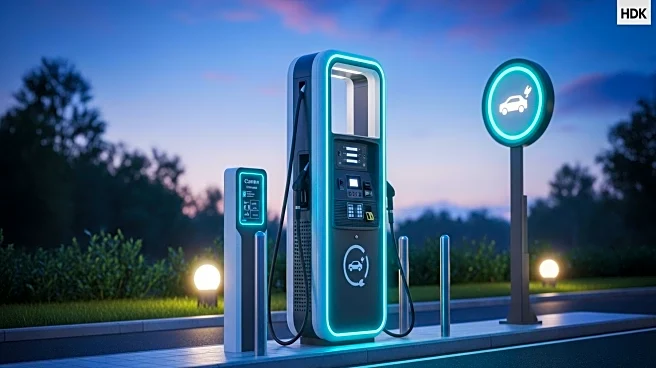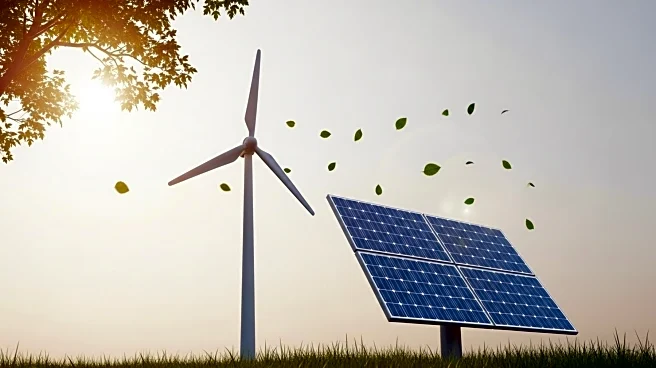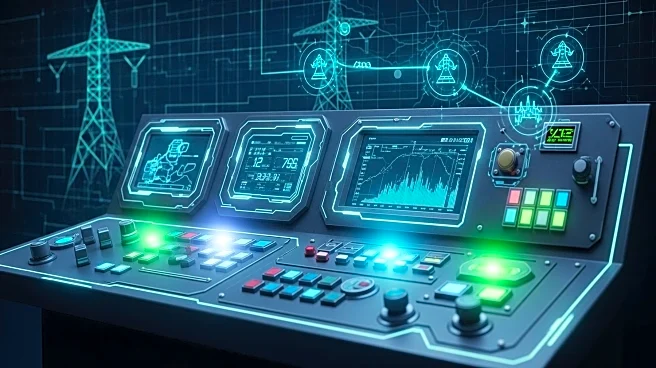What is the story about?
What's Happening?
Pacific Gas and Electric Company (PG&E) and Energy Vault have announced the launch of a pioneering hydrogen- and battery-powered microgrid in Calistoga, California. This innovative project, known as the Calistoga Resiliency Center, is designed to provide backup power to the town's 1,600 residents. The microgrid utilizes hydrogen fuel cells to charge lithium-ion batteries, offering a sustainable alternative to the diesel generators previously used. The system is capable of powering the town for at least 48 hours during outages. The project was developed in response to PG&E's request for a solution that could replace diesel generators without exceeding twice their cost. The microgrid primarily relies on hydrogen fuel cells connected to a 130-foot liquid hydrogen storage tank, refilled by a third-party vendor. This setup was chosen due to space constraints that prevent on-site hydrogen production or the use of wind and solar power.
Why It's Important?
The introduction of this microgrid marks a significant step forward in sustainable energy solutions, particularly for remote and space-constrained areas. By replacing diesel generators, the project reduces emissions and noise pollution, addressing environmental and community concerns. The initiative also highlights the growing interest in hydrogen fuel cells as a reliable and cleaner power source, especially for large-load customers like data centers. The project aligns with broader trends in the energy sector, where there is a push towards reducing reliance on fossil fuels and enhancing grid resilience. Additionally, the preservation of tax credits for hydrogen storage and fuel cells under the One Big Beautiful Bill Act provides financial incentives that could spur further adoption of such technologies.
What's Next?
While PG&E does not plan to replace all its diesel generators with hydrogen fuel cells, the success of the Calistoga project could influence future energy strategies. The project provides valuable insights into integrating similar systems into the grid, potentially paving the way for more widespread use of hydrogen fuel cells in both remote and urban settings. As demand for cleaner energy solutions grows, particularly in areas with limited space, hydrogen fuel cells could become a more common feature in energy infrastructure. The continued development of the nation's gas distribution systems may also facilitate the use of natural gas in fuel cells, offering a cost-effective alternative to hydrogen.
Beyond the Headlines
The Calistoga microgrid project underscores the potential for hydrogen fuel cells to transform energy landscapes, particularly in areas where traditional renewable energy sources are not feasible. The project's success could lead to broader acceptance and implementation of hydrogen technology, influencing energy policies and investment decisions. As the energy sector evolves, the role of hydrogen as a clean energy carrier may expand, contributing to national and global efforts to achieve net-zero emissions.
AI Generated Content
Do you find this article useful?
